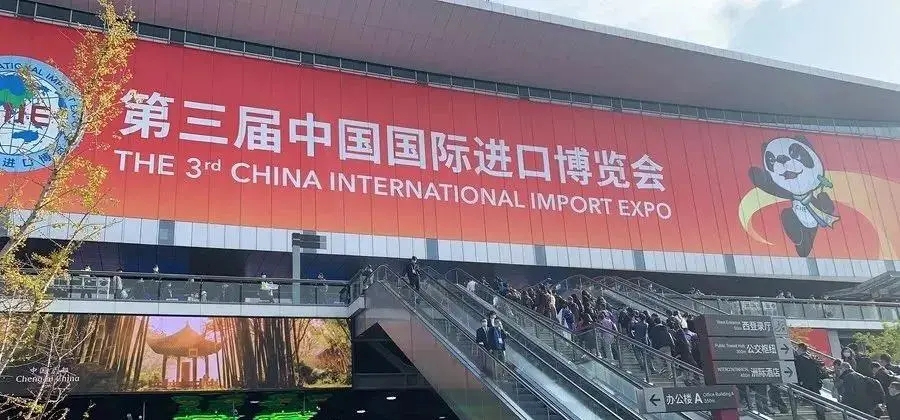Domestic and international rubber market situation on April 27, 2025
The overall situation of the global rubber market affected by tariffs
The global rubber market will reach US$47.5 billion in 2024. According to the IMARC Group, it is expected to climb to US$69.7 billion by 2033, with a compound annual growth rate (CAGR) of 4.4% during 2025-2033. The Asia-Pacific region dominates the regional distribution, with a market share of more than 37.5% in 2024. At present, tariff policies are becoming a key variable affecting the global rubber market pattern.

As an important force in the global rubber market, the United States is both an important consumer and producer of natural and synthetic rubber. Its mature automobile and manufacturing industries have a huge demand for rubber. Recently, the adjustment of the US tariff policy has attracted global attention. If the Trump administration imposes tariffs on imported cars, trucks and other tires, the main impact will be concentrated on American consumers, and their cost of purchasing related products is expected to increase by 20%-25%. Since the domestic production capacity of the United States is far from meeting its own needs, and currently up to 65% of tires rely on imports, the implementation of this tariff policy may lead to an increase in the price of rubber products in the US market, thereby suppressing consumer demand.
From a global perspective, although the US tariff policy will not have a full-scale and severe impact on other regions, it will still bring about certain chain reactions. For example, at the annual meeting of the International Synthetic Rubber Producers Association, David Shaw, CEO of the tire industry research institute, analyzed that other regions in the world also face a 25% tariff. If the transfer from Cambodia to Laos still needs to bear the same punitive tariff, such a capacity transfer will lack practical significance. However, there may still be some subtle changes in the trade pattern, but this adjustment process may take several years.
Dynamics of major producing countries under the influence of tariffs
Thailand
As a major rubber producer in the world, Thailand's rubber industry is affected by tariffs. On the one hand, the Thai government's crackdown on illegal rubber smuggling has achieved remarkable results, driving rubber prices soaring. On the other hand, if its major export markets increase tariffs, Thailand's rubber exports will face challenges. At present, Thailand (NER) Rubber Company expects stable sales in the second quarter and full orders.
It is predicted that Thailand's rubber production will increase by 1.2% in 2025 to 4.84 million tons. However, if tariffs in major markets such as the United States increase, Thailand's rubber exports may be suppressed, which will have an impact on the development of its domestic rubber industry and price stability.
India
Due to limited supply, prices in the Indian rubber market have risen to a three-year high. Against the backdrop of global tariff adjustments, the cost control pressure on India's rubber industry has increased. If the countries from which it imports rubber raw materials increase tariffs, the import costs of Indian rubber companies will rise; if India increases rubber export tariffs, its competitiveness in the international rubber trade may be affected, and its international market share may face a reduction.
Côte d'Ivoire
Côte d'Ivoire's rubber exports in the first quarter of 2025 increased by 1.6% year-on-year, showing that it has certain competitiveness in the international rubber market. However, changes in the global tariff environment may disrupt its development rhythm. If major importing countries impose tariffs, Côte d'Ivoire's rubber export growth momentum may be hindered, and its rubber industry expansion plan may also face adjustments.
Malaysia
Malaysia's natural rubber production in January increased slightly by 0.2% year-on-year, and industrial development was relatively stable. However, under the influence of tariffs, its import and export trade of rubber products may fluctuate. If the tariffs of major trading partners are raised, it will be more difficult for Malaysia to export rubber, and domestic rubber prices and production may also be adjusted with changes in market demand.
Overall, around April 27, 2025, the domestic and foreign rubber markets will be affected by tariffs and other factors. The supply side will be affected by production changes and policy adjustments in major producing countries, and the demand side will be affected by the development trend of industries such as automobiles and the impact of tariff policies on downstream industries. The market price will fluctuate significantly. The future trend of the rubber market needs to continue to pay attention to the dynamic adjustment of tariff policies and changes in other factors.
- The global tire industry is becoming more polarized1256
- Tire business: Inventory strategy determines success or failure826
- Domestic and international rubber market situation on April 27, 20251015
- The winning formula of Hankook Ventus sports tire903
- The new energy wave has given rise to a silent tire revolution, but the industry is fraught with hidden safety risks992









